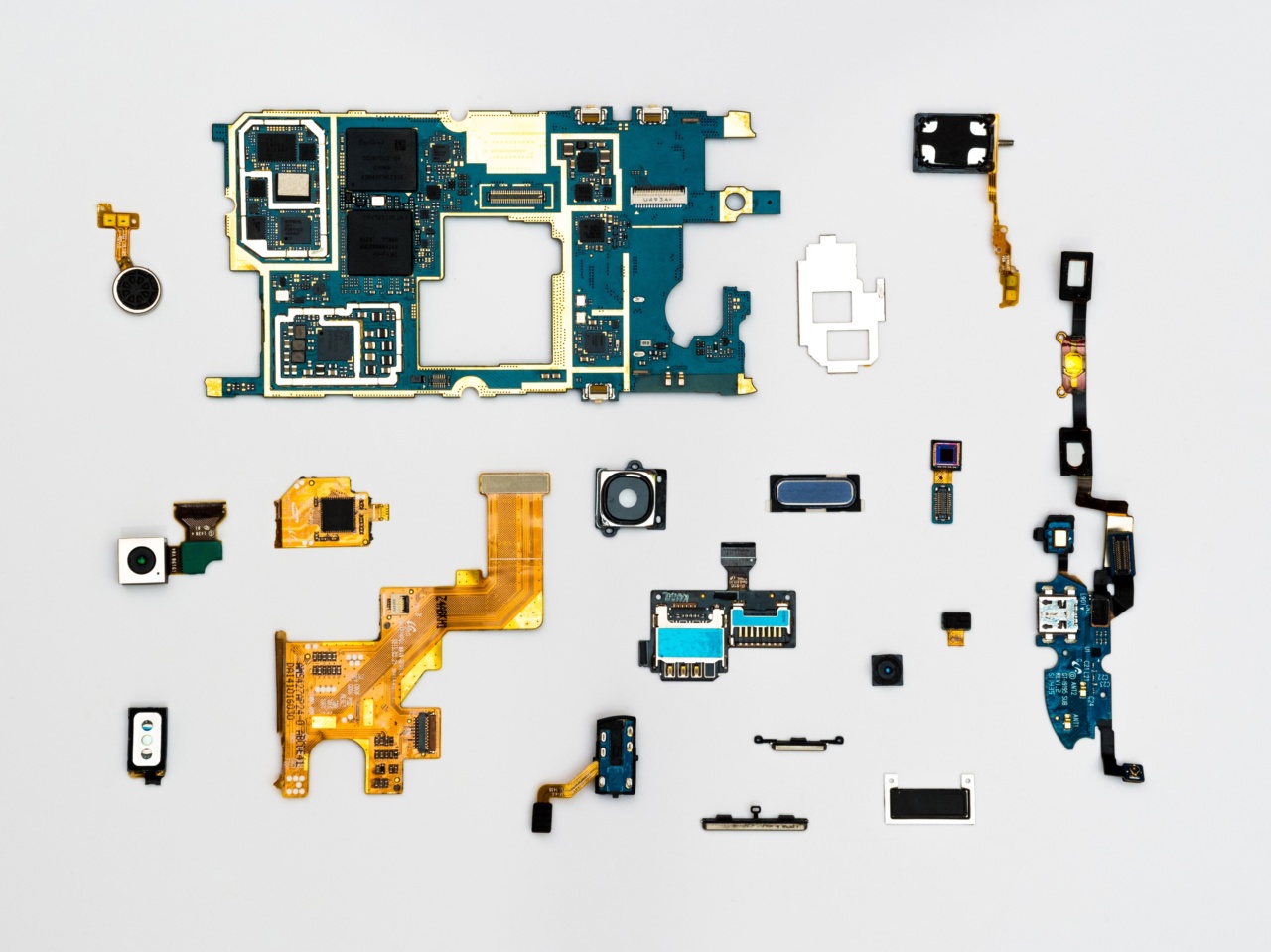As we age, our bones become more fragile, and the risk of developing osteoporotic fractures increases. The prevalence of osteoporosis is on the rise due to an aging population around the world.
However, there may be a link between circuits and bone health.
What is osteoporosis?
Osteoporosis is a condition that results in weakened and brittle bones. It is a progressive disease that makes bones more porous, leading to an increased risk of fractures, particularly in the hip, spine, and wrist.
Osteoporotic fractures can cause significant pain and disability, and can even lead to complications and death, especially in older individuals.
Why is osteoporosis more common in older adults?
Osteoporosis is more common in older adults for several reasons. Firstly, aging results in changes to bone structure, such as decreased bone density and decreased bone mass. This makes bones more susceptible to fractures.
Additionally, older adults are more likely to have other medical conditions or take medications that increase the risk of osteoporosis.
What are circuits?
Circuits are a form of exercise that involve moving between various stations or exercises in a prescribed order. This type of exercise is often done in a group or class setting, and can be modified to suit individuals of different fitness levels.
How can circuits help prevent osteoporotic fractures?
Studies have found that circuits can be an effective form of exercise in preventing bone loss and reducing the risk of osteoporotic fractures.
This is because the high-intensity, weight-bearing nature of circuits helps to stimulate bone growth and increase bone density.
What are the benefits of circuits for bone health?
There are several benefits of circuits for bone health, including:.
- Improving bone density
- Strengthening bones and muscles
- Reducing the risk of falls and fractures
- Improving balance and coordination
- Increasing flexibility and range of motion
What are some examples of circuits?
Circuits can be customized to suit a variety of fitness levels and preferences. Some examples of circuits that may be beneficial for bone health include:.
- Jumping jacks
- Squats
- Lunges
- Push-ups
- Planks
- Burpees
- Step-ups
- Sit-ups
- Mountain climbers
- High knees
- Jump rope
What should I consider before starting circuits?
Before starting any new exercise program, it is important to consult with a healthcare provider to ensure that you are healthy enough for exercise and to discuss any specific concerns or limitations.
Additionally, it is important to start slowly and gradually increase the intensity and duration of your circuits over time.
Conclusion
Osteoporotic fractures are a serious health concern, particularly in older adults. Circuits can be an effective form of exercise in preventing bone loss and reducing the risk of osteoporotic fractures.
By incorporating circuits into your exercise routine, you can improve bone density, strengthen bones and muscles, and reduce the risk of falls and fractures.































